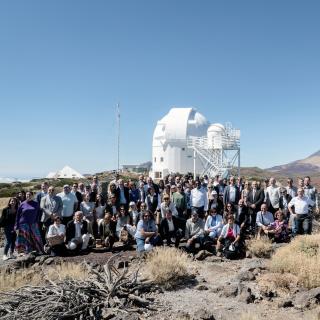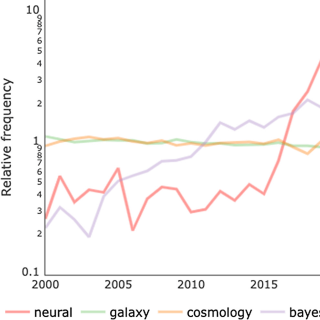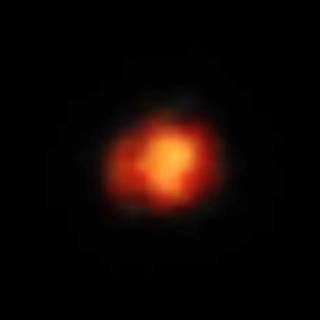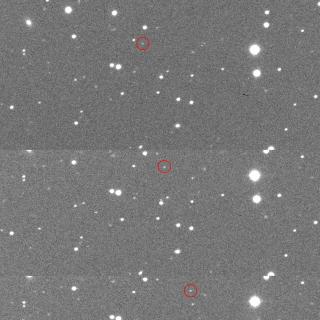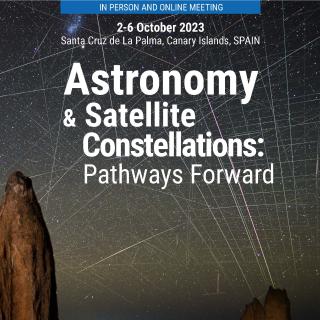
The symposium of the International Astronomical Union will be held between 2 and 6 October at the Teatro Circo de Marte in the capital of La Palma. There will be several events open to the public: a talk by Piero Benvenuti entitled "Protecting the sky is our duty... but what have I got to do with the Big-bang?", on Monday 2nd October at 19.30 in the Circo de Marte itself; and on Thursday 5th October, the "Starparty", with the symbolic switching off of some of the city's squares and a musical performance in the Museo Insular de La Palma. After having to be suspended on two occasions, once due

